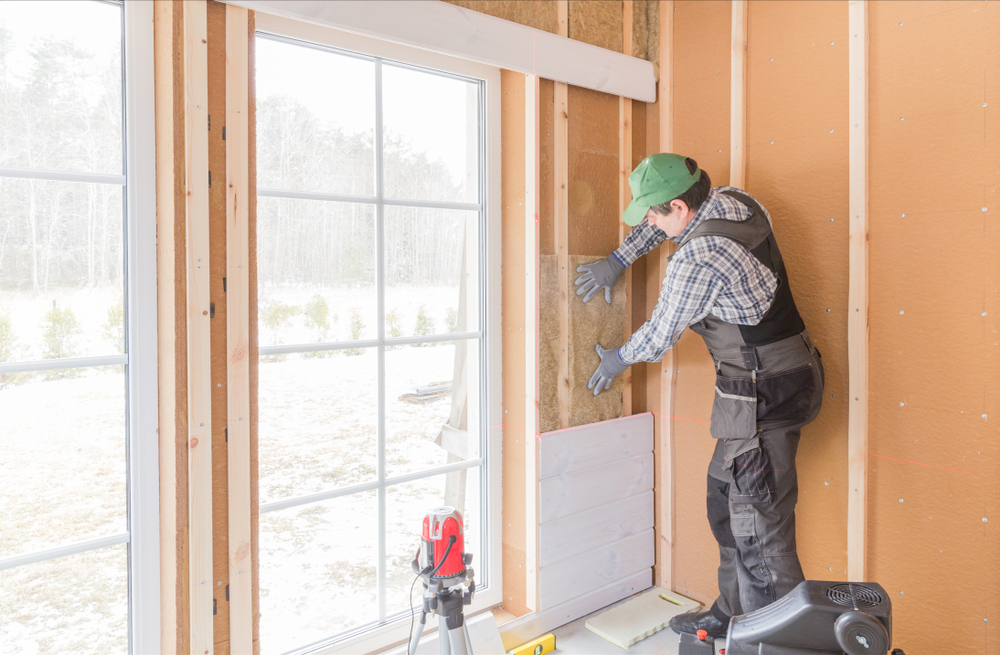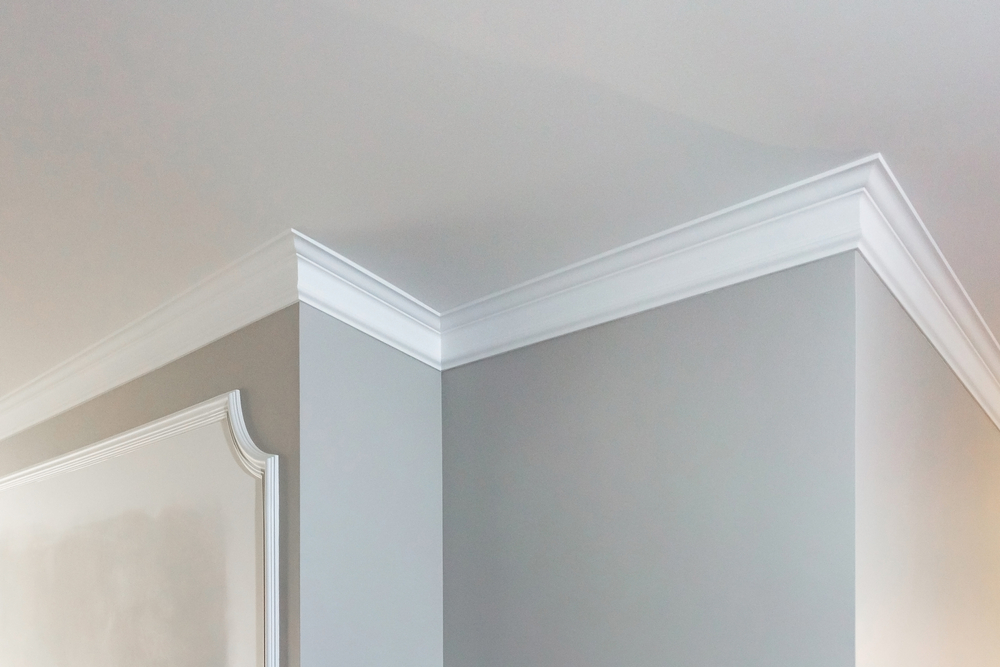Plaster Walls: Understanding the Craft and Application
Plaster walls have been used for centuries as a durable and decorative finish in buildings. Understanding their history, composition, and installation process can offer insight into their continued relevance in modern architecture.
The Historical Context of Plaster Walls
Plastering has ancient roots, dating back to Egyptian times. Tombs of Pharaohs featured lime-based plaster. The Greeks and Romans enhanced the art by introducing techniques such as frescoes. By the 19th century, plaster formed the backbone of both ordinary structures and opulent buildings in Europe and the Americas.
Types of Plaster Used in Walls
The term plaster covers a variety of materials. The core types are lime plaster, gypsum plaster, and cement plaster. Lime plaster is one of the oldest. Made by mixing water, sand, and lime, it allows walls to ‘breathe.’ Its use has declined due to the time-consuming process of curing. Gypsum plaster, made by adding water to gypsum, is popular for its speed of drying. It doesn’t shrink much, which makes it ideal for detailed work. Cement plaster, often used for exterior applications, is mixed from Portland cement, sand, and water. It’s durable and water-resistant.
Advantages of Using Plaster Walls
Plastered walls offer several benefits over drywall. First, they provide superior soundproofing. This is important in urban or shared spaces where noise can be a concern. Plaster offers a natural fire resistance due to its non-combustible nature. This enhances safety in residential and commercial buildings. The aesthetic value of plaster should not be underestimated. It gives walls a smooth, seamless finish that paint alone cannot achieve. It can also be molded into decorative shapes and textures, allowing for creative architectural designs. Its longevity is notable, as it’s more resistant to wear and tear than drywall.
Challenges and Considerations
Installing plaster walls is labor-intensive, requiring skilled craftsmanship. This can raise the cost compared to simpler drywall installations. Plaster can crack over time if the building settles unevenly. Repairs can be more complex than patching holes in drywall. Environmental factors such as humidity can affect plaster integrity. Therefore, it requires careful consideration in various climates.
The Process of Plastering a Wall
Preparation is crucial. Walls must be clean and free of dust or debris. The next step is to apply a bonding agent to ensure adhesion. The base coat, called the scratch coat, is applied as the first layer. It’s roughened to help the next layer stick. The second layer, or brown coat, adds thickness and further strength. Finally, the finish coat is applied. This layer is the finest, creating a smooth surface ready for painting or decorating. Each step requires specific curing times, ensuring the best finish.
Tools and Materials Involved
- Trowels: Essential for spreading plaster evenly.
- Hawk: Used to hold plaster during application.
- Float: Smooths the plaster after application.
- Plumb bob: Ensures walls are straight.
- Large mixing equipment: Needed for combining plaster mixtures.
Decorative Techniques with Plaster
Venetian plaster is a popular decorative technique involving several layers of plaster. It’s polished by burnishing the surface to create a high shine. Sgraffito involves scratching designs into colored plaster layers to reveal contrasting colors beneath. These methods showcase the versatility and aesthetic potential of plaster beyond mere wall covering.
Maintenance and Repair of Plaster Walls
Regular inspection can prevent minor issues from becoming major problems. When cracks do appear, they should be addressed quickly. Small cracks can be filled with a plaster mix or a product like joint compound. Larger areas might require re-plastering. Cleaning plaster walls is simple. Use a soft, damp cloth to wipe down surfaces and avoid harsh chemicals. Maintaining even indoor humidity helps prevent unnecessary expansion and contraction, reducing stress on the walls.
Plaster Alternatives and Their Comparison
Drywall is the most common alternative, known for its ease of installation. It’s less expensive than plaster, but it doesn’t offer the same durability or aesthetic appeal. Spray plaster is a modern alternative that combines traditional plaster benefits with quicker application times. The trade-off is the potential for a less detailed finish.
Conclusion
Plaster walls remain a testament to both traditional craftsmanship and modern innovation. Their application extends beyond function, providing both structural integrity and artistic expression. Understanding the intricate process of installation and maintenance highlights their unique value in architecture and design.




Subscribe for Updates
Get the latest articles delivered to your inbox.
We respect your privacy. Unsubscribe anytime.